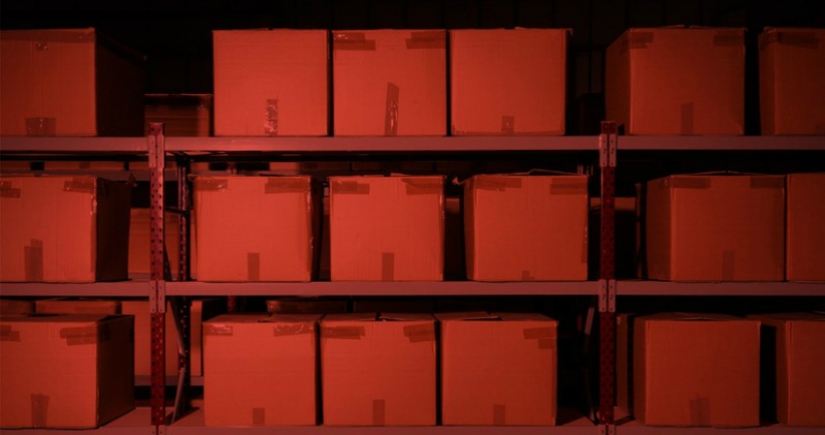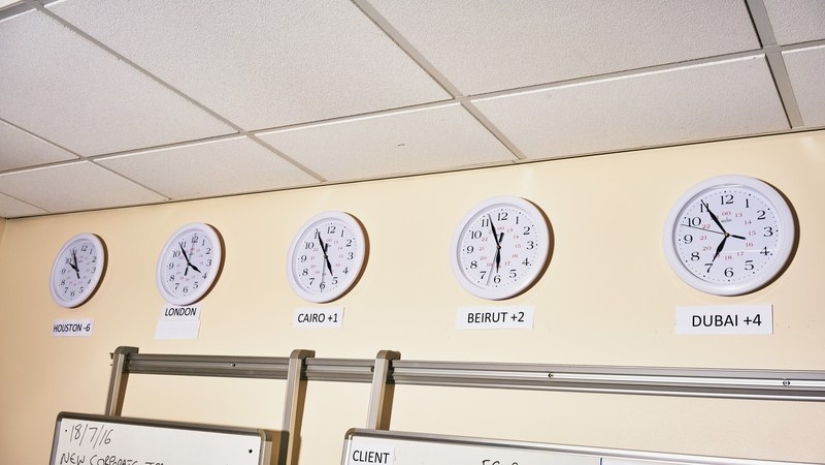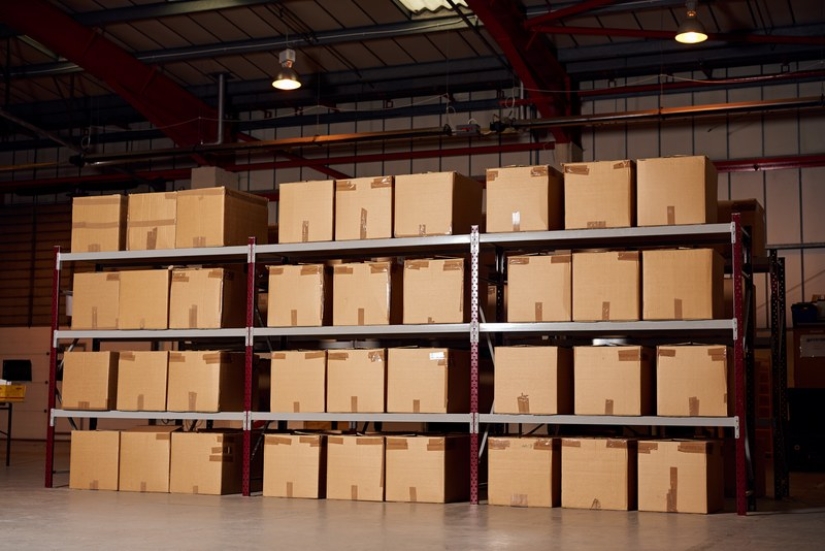The worst job in the world: the man who cleans up the consequences of plane crashes
Categories: World
By Pictolic https://pictolic.com/article/the-worst-job-in-the-world-the-man-who-cleans-up-the-consequences-of-plane-crashes.htmlRobert Jensen devoted his career to restoring order after disasters with human casualties. Identifying the remains, caring for the relatives of the deceased and restoring personal property — Jensen managed to become the best in the worst profession in the world.
For Jensen, the darkest newspaper headlines in recent history are not just words. He worked with the bodies of victims after the 1995 terrorist attack in Oklahoma, was at the Pentagon after one of the planes crashed on him in September 2001, and helped search for the missing after Hurricane Katrina.
He personally worked at many accident sites, looking for the remains of victims and any items left by them — documents, personal belongings, clothes, shoes. Everything that can be found is returned to relatives. From personal experience, Jensen knows that when a human life ends, even the smallest fragments from it can bring comfort to loved ones.

Jensen's firm, Kenyon International Emergency Services, handles dozens of accidents every year. In total, the company employs 27 people, but during a call it is sometimes necessary to hire freelance employees — in the case of major disasters, the headquarters can grow to several hundred people. These are mostly people with experience in the field of security or forensic expertise.

It is often necessary to conduct a real investigation to establish a connection between the found object and its owner. Security cameras at the airport and even recordings of conversations are viewed — everything that will help find a clue. One day, Jensen turned to a carmaker for help to find out the origin of the car keys found among the wreckage of the plane. Experts installed the release series using the keys, and it turned out that the car was sold in Spain — so Jensen managed to narrow down the search base and find the owner in the list of the dead.



Identifying personal items is sometimes much harder than the bodies of the dead.

The most difficult thing in this work is communication with relatives and friends of the victims. It is often necessary to express yourself very clearly in order not to give people false hope that their loved ones could survive. At other stages of the work, you need to behave more delicately.
When airlines hire Kenyon to organize work at the crash site, the first thing Jensen does is get in touch with a nearby hotel to arrange accommodation for relatives: relatives always fly anywhere in the world to attend identification and first briefings in the hope of quickly getting information about the victims.

Although I want to give people hope, Jensen is forced to tell the hard truth. First, he warns the audience that they are going to hear very unpleasant information — so people can prepare and take the children out of the room.
"You must understand that there was a high—speed collision — your loved ones do not look like you and me" - this is the first step, the hardest realization, and it must be taken immediately. After that, the discussion of assistance in identifying bodies and property begins.

At the stage of processing the remains and property of the deceased, the most important thing is to give the right of choice to relatives. Would they like the items to be cleaned, and which shipping method suits them the most?
Delicacy is extremely important here: when people experience a tragedy, they feel despair and absolute helplessness before fate, and even a small amount of control over the circumstances — decisions about how to deal with objects, specifying preferences, choosing a convenient time and method of communication — can help to transfer the incident more easily.



At the crash site, the team is working to clear items of fuel and anything that could cause further damage. The items are then packed and shipped to the company's office in Bracknell, a small town in England near Heathrow Airport.
From the inside, this is a very ordinary office — but everything here serves to deal with the consequences of mass disasters as efficiently and quickly as possible. Adjacent to the office is a hangar, which houses a warehouse of personal items and a room for sorting things that have arrived. Among the professional "gear" in the corner are sets of bulletproof vests — in case you have to go to a war zone. In the office, interns work in Photoshop to cut out a personal item from a photo and add a white background — so it will be easier for relatives to identify it in a special online catalog.
All things are "digitized" in this way. In physical form, they are stored in a warehouse for two years. Some of the loved ones prefer not to take their personal belongings at all — they do not want anything to remind them of the tragedy. Others want things delivered in the form in which they were found.



Jensen himself has not been worried about traveling for a long time — it's pointless to spend his life worrying about death, because it's all the fault of chance. Every time he thinks about the danger in public places or transport, he understands that nothing can be predicted, no matter how correctly you behave. Jensen recalls a woman who died in a building explosion in Oklahoma. When she was found, she had a shoe with a heel on one foot and a sneaker on the other. Jensen realized that she must have been wearing a change of shoes when the explosion occurred. If she had been 5 minutes late, she would have stayed alive.
Recent articles

These hand-painted photographs of old Japan teach a history lesson about how life went on there in the Land of the Rising Sun at ...

We have electric kettles in almost every kitchen. We use this household appliance not only at home, but also at work. It's hard to ...

His work straddles the line between candor and high art. Stephane Coutelle has long been one of Europe's most recognizable ...